According to preliminary statistics from the Vietnam Pepper and Spice Association (VPSA), Vietnam's star anise exports in September reached 704 tons with a value of 3.2 million USD. Prosi Thang Long is still the largest exporter with 90 tons.
In the first 9 months of 2024, our country exported 9,822 tons of star anise, with a total export turnover of nearly 47 million USD, down 9.5% in volume and 20.6% in value. Among the export markets, India is the main export market of Vietnamese star anise with 6,264 tons, followed by the US, Taiwan (China) and China.
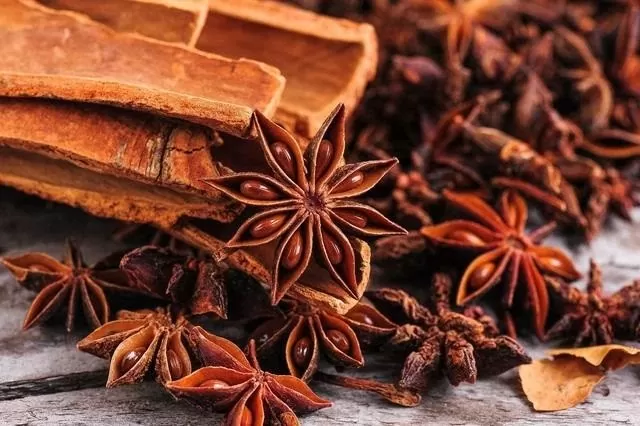 |
| India continues to be Vietnam's largest star anise export market. Photo: TL |
Leading exporters include Prosi Thang Long, Tuan Minh, Senspice Vietnam, Hong Son Vietnam and AC Vietnam.
Previously in 2023, our country earned 83 million USD from star anise exports, with an output of 16,136 tons. India is Vietnam's largest export market with 499 tons, accounting for 57% of the proportion.
According to the World Spice Association, Vietnam has a valuable spice plant, with annual output among the top in the world, which is star anise.
The reason why star anise is considered a “treasure” is because it is a native plant that very few countries in the world can grow. In fact, star anise is almost exclusively found in Vietnam and China.
According to the Vietnam Forestry Science Institute, star anise is a medium-sized tree, 2-6m tall, with a slender diamond-shaped shape, green all year round, and a straight trunk. The tree is only harvested twice a year, so star anise flowers are rare and even more precious.
Star anise flowers bloom twice a year but there is no clear boundary. The first crop usually takes place in June, called the four-season crop. The second crop is around August-September, called the season-season crop.
Star anise usually gives ripe fruit harvest in September or April, each crop lasts 3-4 months. Normally, an anise tree must be 5 years old or older to be harvested, and only 2 crops can be harvested each year, so this is considered a "rare" commodity. From the 10th year onwards, 1 hectare of star anise can generate an income of up to 400 million VND/year. Because it is a perennial plant, from the time it starts to flower, the star anise tree can be harvested continuously for the next dozen years.
In particular, Lang Son is currently the place with the most star anise grown in Vietnam with more than 43,370 hectares of star anise forest, accounting for about 70% of the country's star anise area, of which more than 28,000 hectares of star anise are being harvested stably, with dry star anise output reaching from 7,500 to 16,000 tons/year.
Our country is currently one of the strong countries in exporting spices, ranking second in the world in exporting star anise. According to economic experts, Vietnam still has a lot of room for developing spice products.
Last year, Vietnam’s total spice export value reached more than 1.4 billion USD. The industry aims to export 2 billion USD by 2025.
In 2024, the weather forecast is still complicated, with the El Nino phenomenon affecting many crops. Therefore, the output of cinnamon, star anise, etc. will be affected, especially in areas affected by climate change.


![[Photo] Magical moment of double five-colored clouds on Ba Den mountain on the day of the Buddha's relic procession](https://vphoto.vietnam.vn/thumb/1200x675/vietnam/resource/IMAGE/2025/5/9/7a710556965c413397f9e38ac9708d2f)
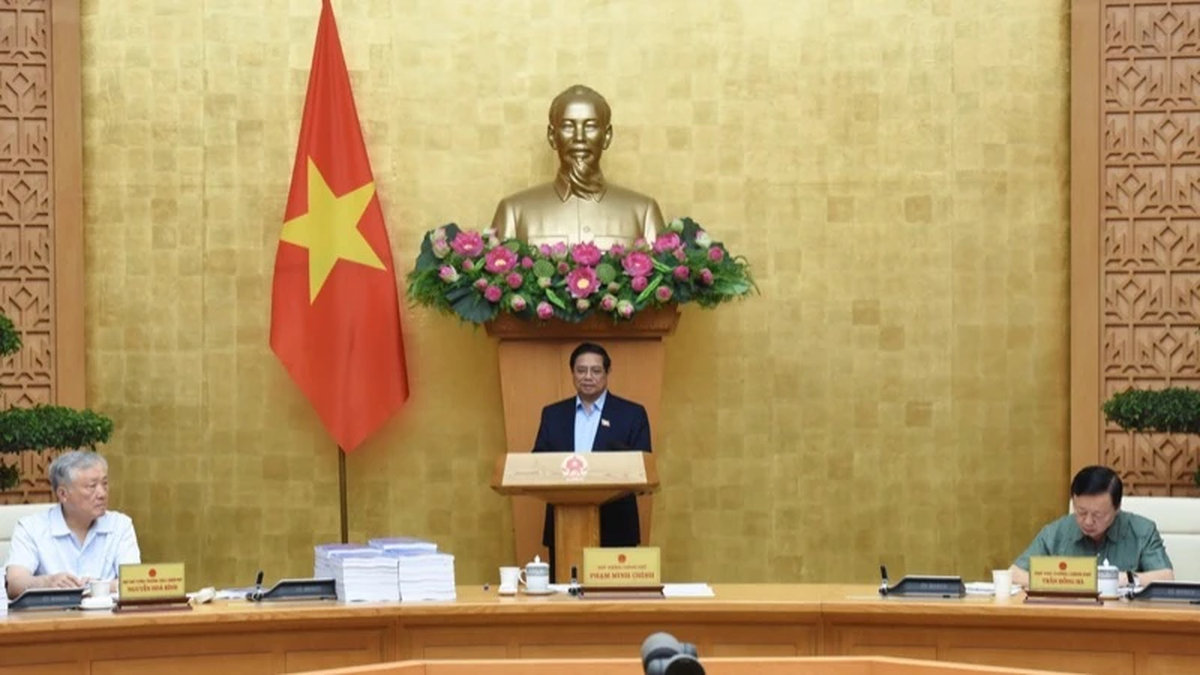
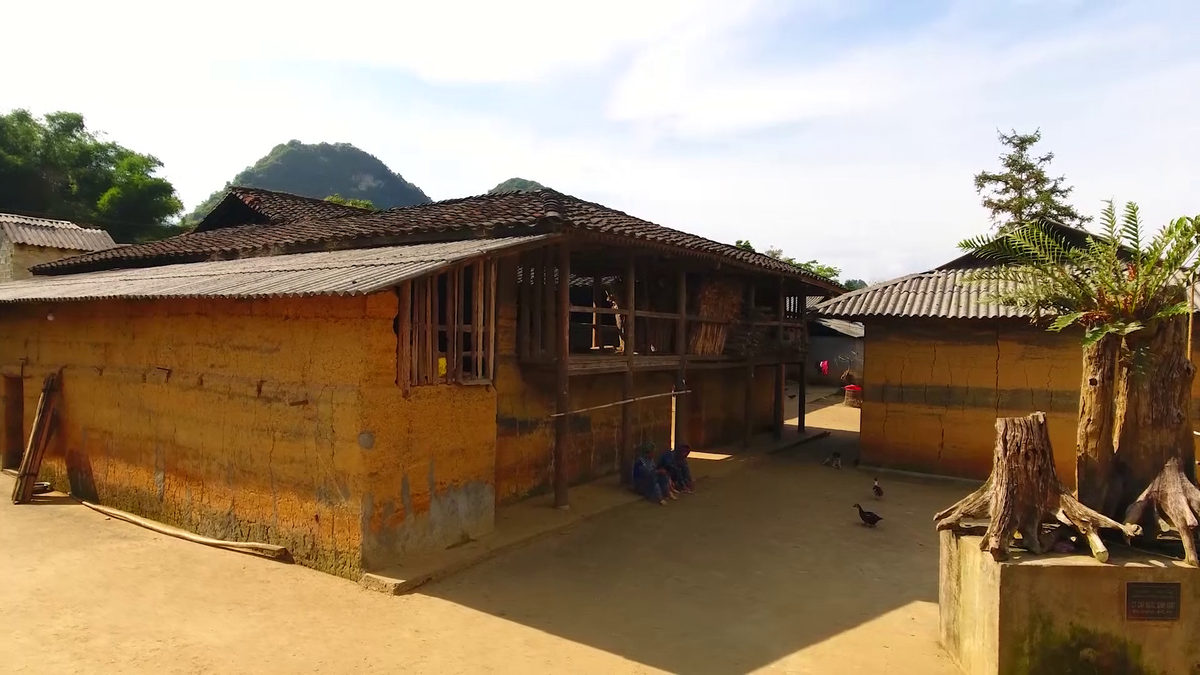


![[Photo] Prime Minister Pham Minh Chinh chairs a special Government meeting on the arrangement of administrative units at all levels.](https://vphoto.vietnam.vn/thumb/1200x675/vietnam/resource/IMAGE/2025/5/9/6a22e6a997424870abfb39817bb9bb6c)


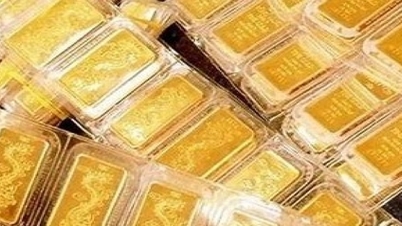







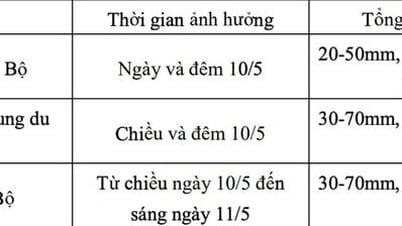










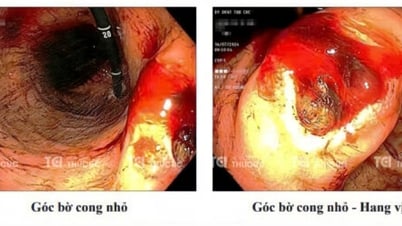


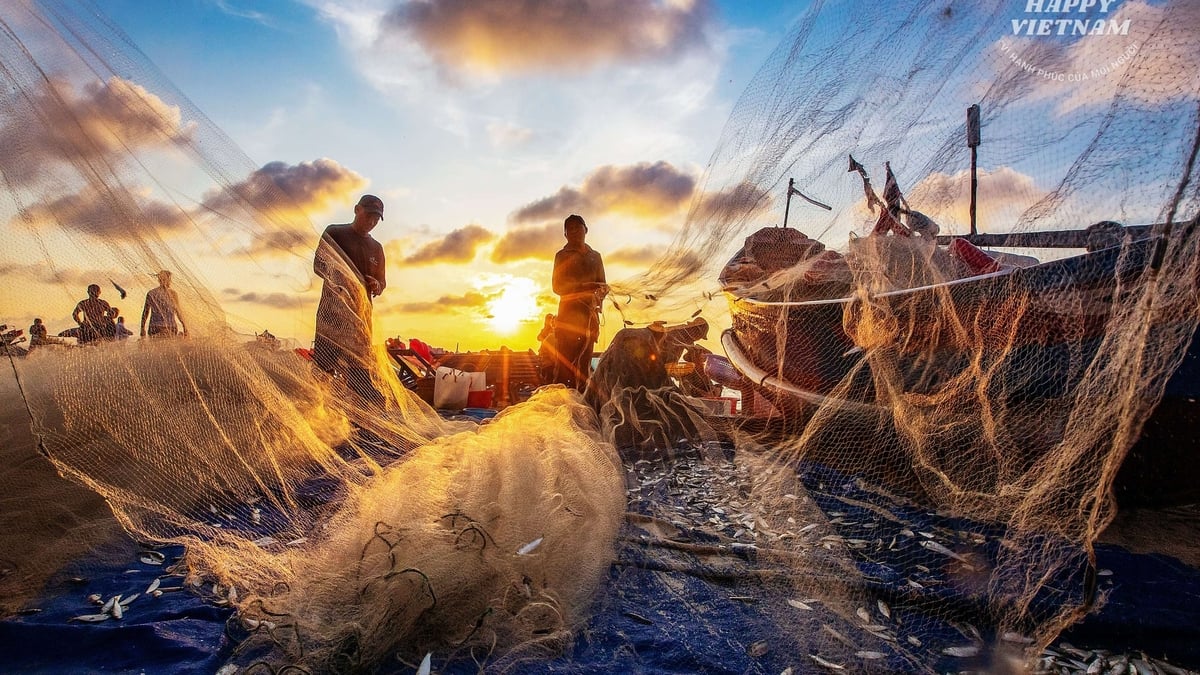
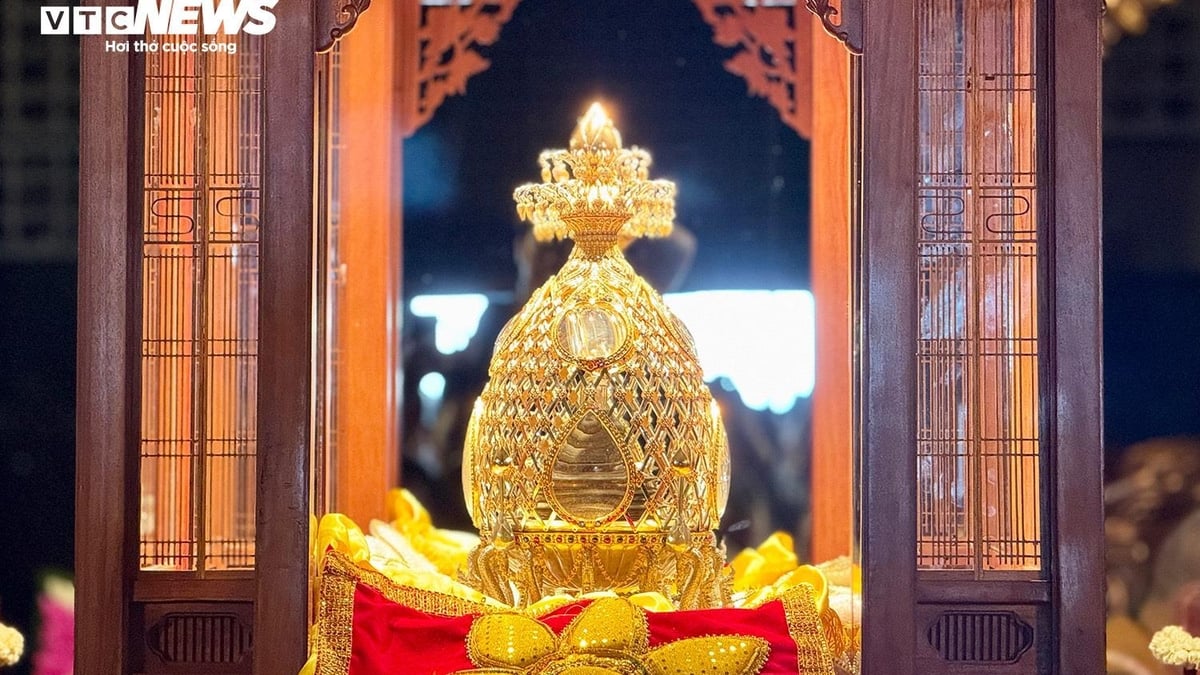
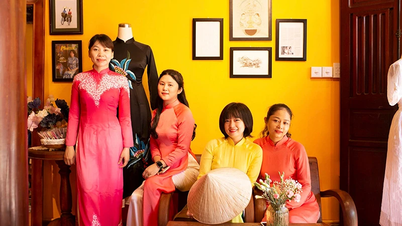

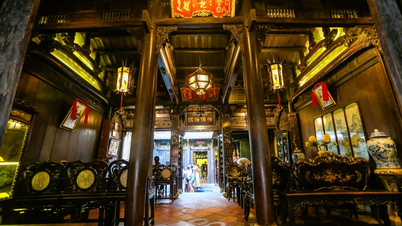

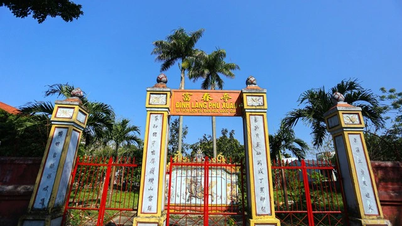

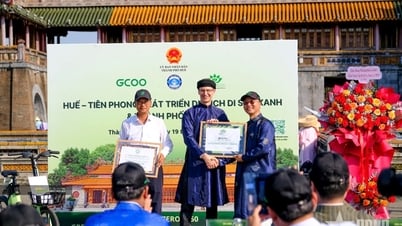

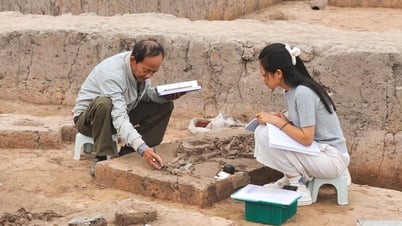










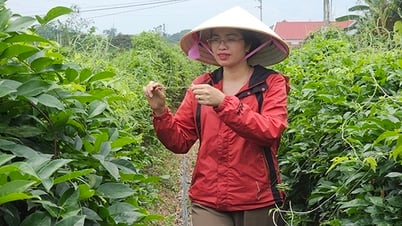



















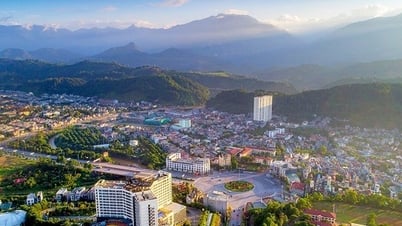
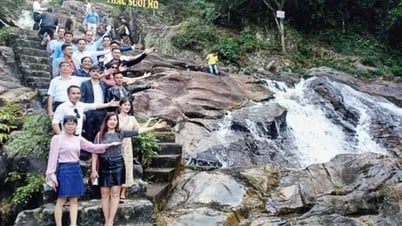

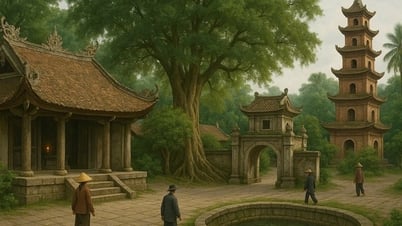




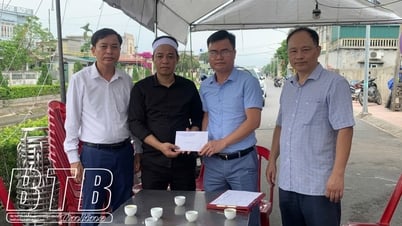


















Comment (0)